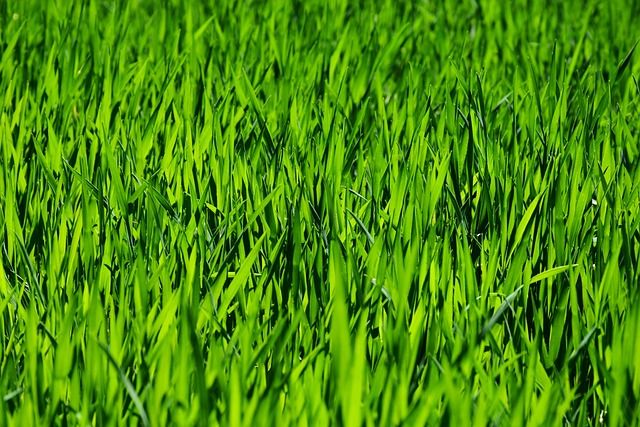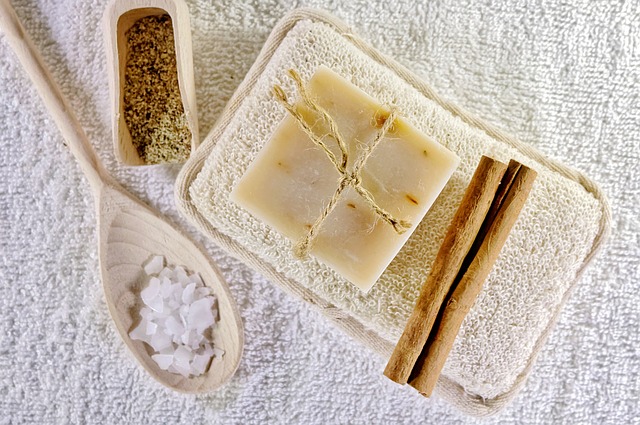Mulching and edging are essential lawn care and landscaping practices. Mulching involves adding organic or inorganic materials to soil for multiple benefits, including weed suppression, moisture conservation, temperature regulation, and improved soil fertility over time. Edging defines grass-free zones between grass and paths, enhancing aesthetics and preventing grass from spreading. Regular mulching and edging maintain a lush, vibrant lawn, improve visual appeal, and promote the health and longevity of your grass. Different types of mulch offer unique advantages; organic mulches enrich soil and suppress weeds while inorganic mulches provide neat appearances, excellent drainage, and heat retention, ideal for structured edging and specific plant needs.
Transform your lawn from ordinary to extraordinary with mulching and edging. This article guides you through the art of these essential lawn care practices. Discover the benefits of mulching—from improving soil health to retaining water and suppressing weeds. Explore different types of mulch and learn how to choose the perfect one for your needs. Edging techniques are also demystified, enhancing curb appeal and defining garden beds. By implementing these simple steps, you’ll achieve a polished lawn and vibrant landscaping that will impress anyone who passes by.
- Understanding Mulching and Edging: Benefits and Techniques
- – Definition and purpose of mulching
- – Different types of mulch and their advantages
Understanding Mulching and Edging: Benefits and Techniques

Mulching and edging are essential lawn care and landscaping techniques that enhance the health and appearance of your grass. Mulching involves applying a layer of organic or inorganic material, such as wood chips, straw, or recycled materials, to the surface of the soil around plants. This process offers numerous benefits: it suppresses weeds, conserves moisture in the soil, regulates temperature, and provides essential nutrients to the lawn over time. Edging, on the other hand, involves trimming and defining the border between your lawn and paths, driveways, or other landscaping features. A clean edge improves the overall aesthetic of your property and prevents grass from encroaching onto these areas.
Proper mulching and edging techniques contribute to a lush, vibrant lawn. When applying mulch, ensure it is spread evenly, avoiding piling it against tree trunks to prevent damage. Edging should be done regularly to maintain sharp lines, typically using specialized tools like string trimmers or edgers. Regular maintenance in these areas not only improves the visual appeal but also supports the overall health and longevity of your lawn, making them integral components of any comprehensive lawn care routine.
– Definition and purpose of mulching

Mulching is a fundamental practice in lawn care and landscaping, involving the application of organic or inorganic material over the soil to conserve moisture, suppress weeds, and enhance soil fertility. It aims to create a protective layer that insulates the soil from extreme temperatures, reduces erosion, and encourages the breakdown of organic matter, thereby improving overall turf health. By using mulch, homeowners and landscape professionals can achieve a more vibrant, healthy lawn while also streamlining maintenance tasks like weeding and watering.
– Different types of mulch and their advantages

Different types of mulch offer distinct advantages for lawn care and landscaping. Organic mulches, such as wood chips or straw, enrich soil with essential nutrients as they decompose, promoting healthy grass growth and reducing weed development. They also help retain moisture, thereby decreasing the need for frequent watering. On the other hand, inorganic mulches like rock or rubber crumbs provide a more aesthetically pleasing appearance, especially in structured edging, while offering excellent drainage and heat retention properties that can benefit specific plant types. Additionally, some inorganic mulches are made from recycled materials, contributing to eco-friendly landscaping practices.
The choice between organic and inorganic mulch depends on individual preferences, soil conditions, and desired aesthetic effects. For lush, vibrant lawns, organic mulches excel in their ability to nourish the soil over time. In contrast, inorganic mulches are ideal for areas requiring more structure and consistent appearance, like formal gardens or walkways, where they can last for several years with minimal maintenance.
